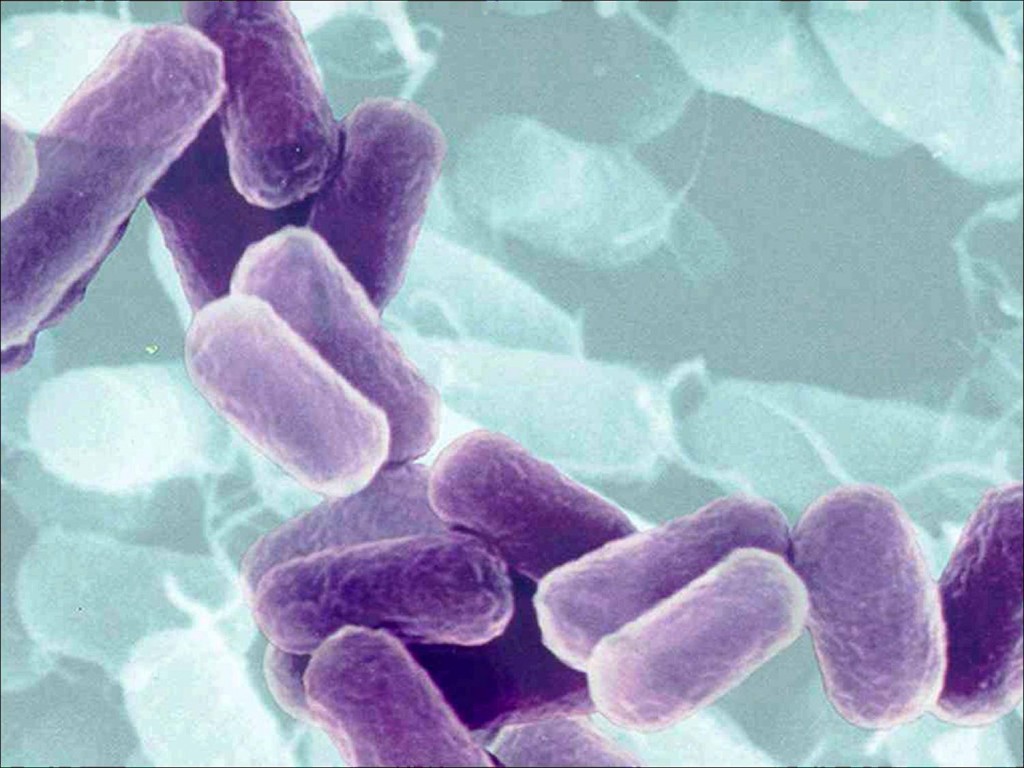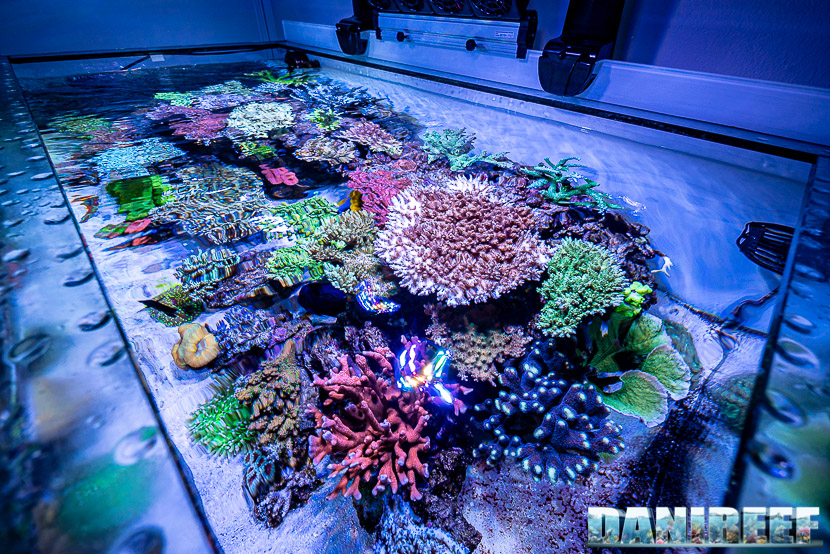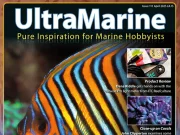In this second section I will refer to the particulate components that are produced by the rising deep currents, this component we call Plankton.
This article is also available in: ![]() italiano
italiano
The first article of this series is available here: The global seas nutrient cycle: a better understanding of its application in aquariums
I would begin with a definition that will provide us with a starting point: “Plankton includes all floating aquatic organisms which, not being able to actively direct their movement, are passively transported by currents and / or wave motion.”
Let’s analyze the terms used in the definition. In other words, if an aquatic organism does not have sufficiently developed body structures that allows it to counteract a current or wave motion, this organism becomes part of the plankton.
Thus a bacterium, a coral larva, a single-celled alga, a jellyfish, and all those organisms which cannot oppose the current are part of the plankton; at the same time a bone fish, a mammal or a Tridacna are not part of it, since these organisms manage (at least in some phases of their life) to counteract the currents.

As plankton is made up of a broad range of organisms of different dimensions, it may be useful to attribute other characteristics to further categorize what we can find in this so named category.
The first useful way to categorize these organisms could be according to their size. In order to better understand the dimensions of some of these organisms, however, it is necessary to quickly consider the units of length measurement.
Everyday we express ourselves using the centimeter (cm) or millimeter (mm), but for the sake of this article there will be at least two other units of measurement used which are not very common: the micron or micrometer (μm) equal to 1/1000 of millimeter and the nanometer (nm) equal to 1/1000 of micron. As you can see, these two units do not vary in the order of 10, but in that of 1000.
An example:
1 cm = 10 mm
while
1 mm= 1000 μm or we could say that 0,1 mm is equal to 100 micron.
These two units of measurement are useful for defining the size of organisms such as bacteria, microalgae and male and female gametes with larvae resulting from their union.
Plankton size groups
Categories based on dimensions:
- Megaplankton, 200–20 cm;
- Macroplankton, 20–2 cm;
- Mesoplankton, 2 cm-0.2 mm (0.2 mm are equal to 200 micrometri);
- Microplankton,200-20 µm;
- Nanoplankton, 20-2 µm;
- Picoplankton, 2-0.2 µm;
- Femtoplankton, < 0.2 µm (0.2 micrometri are equal to 200 nanometri).
Now I will leave out three categories which are not interesting in our hobby: the first two categories (Mega and Macro-plankton) because they are not suited to the size of our tanks, but also the last (femtoplancton) which includes most of the bacteria and viruses that are not easy to use in the aquarium as corals food, even if those who manage their tanks with methods which favour bacterial multiplication will have a large amount of this plankton in the tank.

Another categorization that can be useful and easy to understand is that of trophic groups: algae plankton and animal plankton.
Phytoplankton
Algae plankton or phytoplankton is made up of autotrophic organisms, ie they can synthesize (create) various compounds starting with inorganic substances through processes such as photosynthesis. Being plants, we must think of this component of plankton as a blade of grass of a garden or as of any cultivated cereal. If we provide phytoplankton with the right inorganic (carbon-free) nutrients such as nitrogen (N), phosphorus (P), silicon (Si), and other microelements (ie elements in minimum quantities) and an energy source, they will be able to to build in autonomy all the structures necessary for their existence and reproduction.
Zooplankton
Animal plankton or zooplankton, on the other hand, is made up of heterotrophic organisms, ie they are not able to synthesize all the elements necessary for them, but must find them ready in their environment and also obtain them by spending large amounts of energy in doing so. Being animals we must think of this component of plankton as the grasshopper that feeds on the blade of grass or lamb to which we feed the cultivated cereals.
The zooplankton also includes many larval stages of corals, invertebrates and fish, in fact many aquatic organisms have developed a growth in successive stages that leads to the formation of the adult specimen. That being said, it is easy to understand that the two classifications proposed are complementary and that the same organism can vary its size by passing into another dimensional group but not changing its own trophic level.
In the next article we will explore the possibilities of using zooplankton and phytoplankton cultures for enriching our hard coral tanks.
[Article written by Davide Mascazzini]
Related articles:
- The global seas nutrient cycle: a better understanding of its application in aquariums
- Plankton – zooplankton and phytoplankton – getting to know them

















